A Comprehensive Comparison of RCC and LGSF Construction Methods
The construction industry is responsible for 37% of global carbon emissions. In India, this industry accounts for 33% of total carbon emissions. However, in the past few years, the construction industry has witnessed numerous advancements in building materials and techniques. These advancements have not only improved structural safety, but enhanced design aesthetics. Businesses are seeking solutions that offer construction that is fast, sustainable, and eco-friendly, due to growing demands. Two of the most popular contenders in the construction space that fulfill modern-day building requirements are Reinforced Cement and Concrete (RCC) construction and Light Gauge Steel Frame (LGSF) construction.
This blog focuses on breaking down these construction methods and unveiling the best approach that meets modern-day construction requirements.
RCC: The Traditional Tough Contender
For many decades, RCC has been the first choice in making all types of structures. This construction method combines steel reinforcement, sand, and concrete to create a durable structure. One of the major reasons why RCC is a top choice is because of its ability and strength to withstand heavy loads. This construction method is mainly used in structures where load-bearing capacity is critical, such as highway pavements and airport runways, and is less preferred for high-rise buildings due to its dead weight.
Despite being a popular choice for decades, employing RCC construction methods has drawbacks. The time it takes to mix, pour, and cure concrete in this method is time-consuming, which extends the construction timelines. Additionally, RCC uses concrete, whose production leads to environmental degradation, raising a lot of sustainability concerns. Furthermore, concrete’s weight calls for increased transportation costs and necessitates stronger and deeper foundations.
LGSF: An Innovative Building Solution
Light Gauge Steel Frames are a new-age construction technique and a modern alternative to conventional methods, especially in residential and commercial projects. LGSF’s speed of construction, and ability to build sustainable and eco-friendly homes and infrastructure have gained immense popularity in the past few years. Additionally, the lightweight nature of steel frames allow easy transportation, and requires less manpower.
Nest-In: Creating a Wave of Change with LGSF in India
Tata Steel Nest-In is one of the most renowned light gauge steel frame construction solutions company in India. This company offers a wide range of prefab construction solutions that have enabled the country to move towards a smart future. These innovative LGSF construction solutions under the banner of HabiNest are rapid, robust, and revolutionary.
HabiNest structures are built 2x faster than buildings using RCC constructions. These buildings provide more usable space, are easier to maintain, and are much more suitable for construction in difficult terrains and disaster-prone areas.

The Suitable Method for Your Construction Requirements
Both construction methods have their merits and demerits. However, today, LGSF is leading the scoreboard. From durability to sustainability, LGSF is a better choice than RCC.
LGSF construction technology is more sustainable than RCC construction methods. Nest-In's LGSF buildings are constructed at 2x faster pace than RCC buildings, as all the LGSF construction components are manufactured in a factory-controlled environment off-site, and are transported to the site only for final assembly. Thus, there is less dependency on and need for labour, transportation, and heavy machinery. Overall, LGSF construction technology has a 53% less greenhouse gas impact than RCC methods.

LGSF structures use 48% less fresh water, as the above-ground structure is built with steel frames and fibre-cement gypsum boards for ready walls, and thus, it is dry. Cement is needed only in the foundation work, so large amounts of water are not needed for the mixing and curing process, as is seen for RCC construction. Moreover, there is very less construction waste generated, as the components and materials are made with great precision in the factory.
Additionally, LGSF buildings are also more long-lasting, flexible, and fire-resistant due to the usage of high-quality steel frames, and are not affected by adverse weather conditions, as the construction does not take place on site.
In India, LGSF is being used in all types of projects. This construction method is everybody’s first choice, from trendy yet sustainable housing solutions to high-rise complexes, to public and government infrastructure. LGSF structures not only satisfy growing needs but also help keep a check on the economy, environment, and time. RCC structures, on the other hand, contribute to environmental degradation and require more space, time, and manpower.
What’s Your Choice?
RCC is indeed a robust building method but considering the environmental state and modern building requirements, it lacks some crucial aspects. LGSF, on the other hand, fits perfectly in all sorts of modern-day construction projects. However, it is important to consider all the pros and cons of a particular construction method before arriving at a decision. To learn more about Nest-In’s range of sustainable LGSF solutions for the growing urban population of India, visit the website.
Posted in HabiNest on Dec 11, 2023.
Contact Us
Recent Post
Stylish Modular Spaces Built for Every Terrain
How We Built Strong & Efficient Rolling Mill Main Pulpits In Ludhiana, Punjab
Climate Is Changing. Our Buildings Must Too: How Prefab Creates A Greener, Safer Future
Built for Emergencies: Why Modular Construction Is Ideal for Rapid Disaster-Relief Infrastructure
How Nest-In Solves the Long-Term Maintenance Hassles of Traditional Construction
Category
- Nest-In 107
- HabiNest 65
- MobiNest 124
- Nestudio 28
- EzyNest 21
- Smart EzyNest 6
- ChargeNest 7
- Covid Offerings 4
- Brand 7







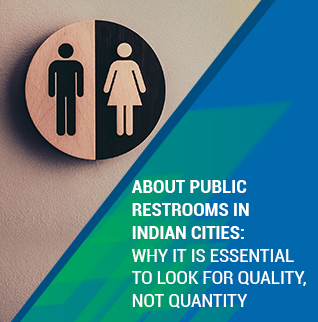



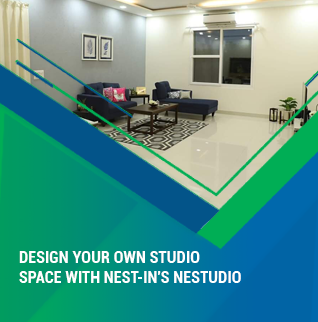






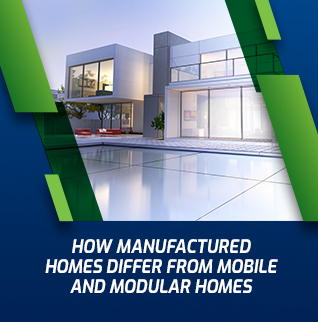

























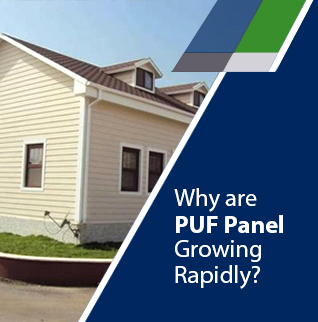



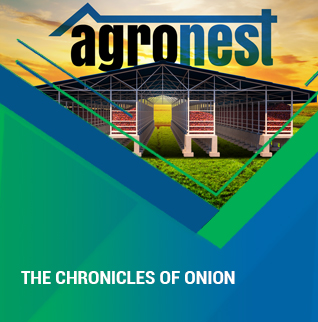

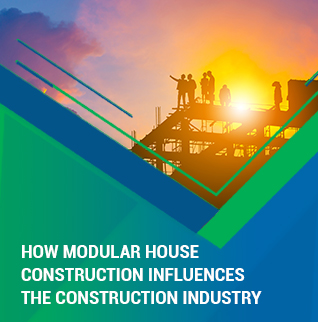







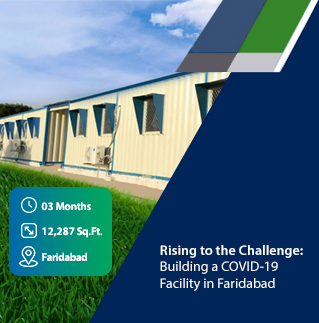




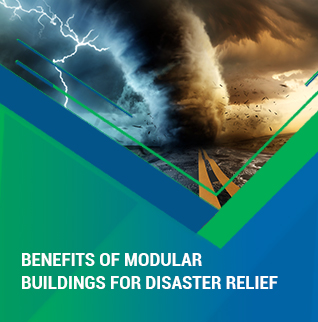

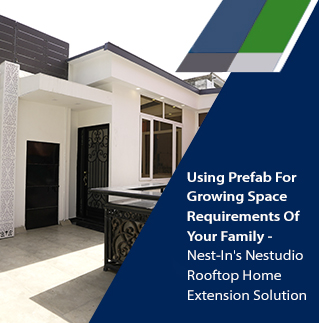




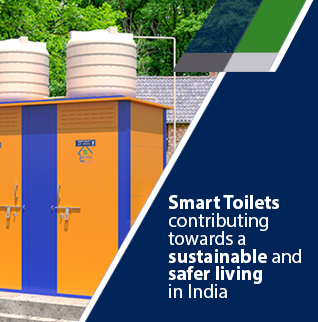







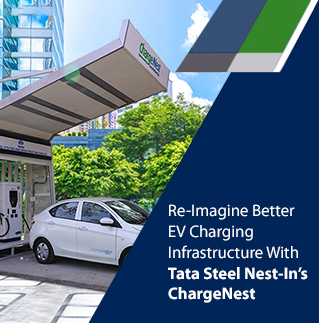




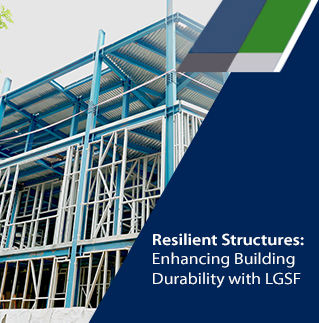

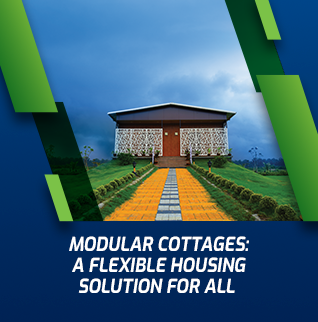












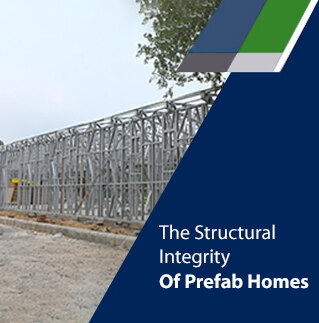















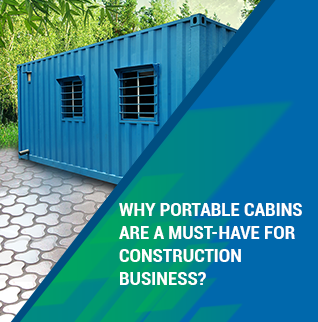

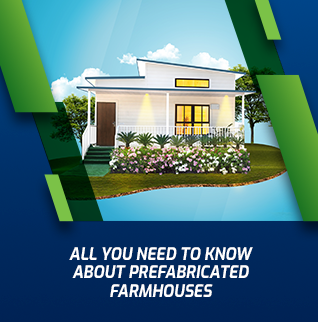
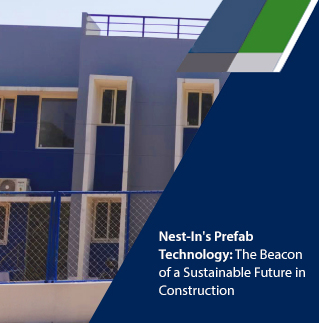




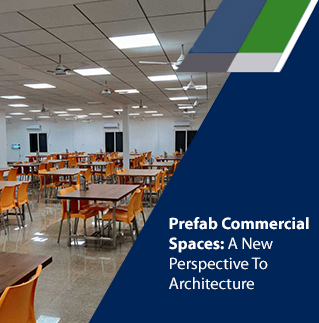
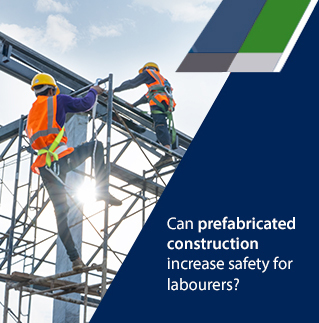
















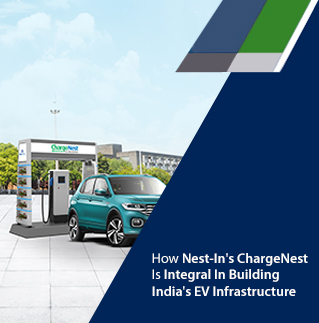

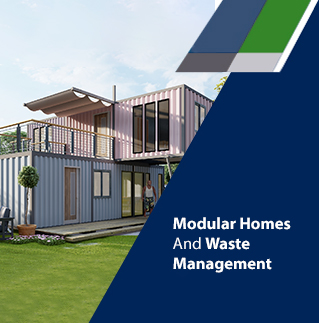





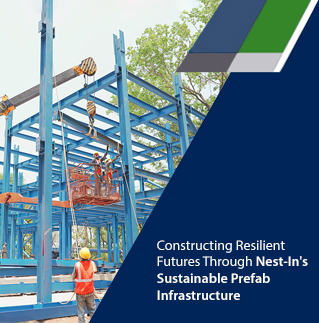





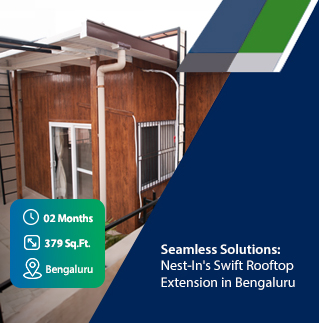






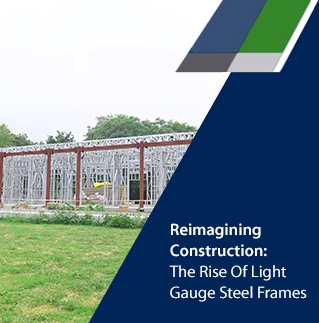



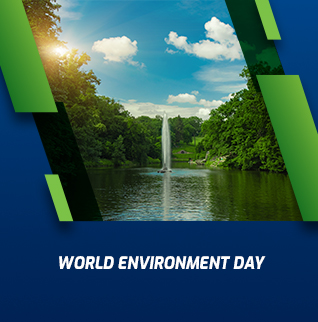








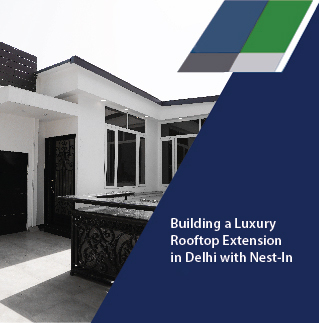














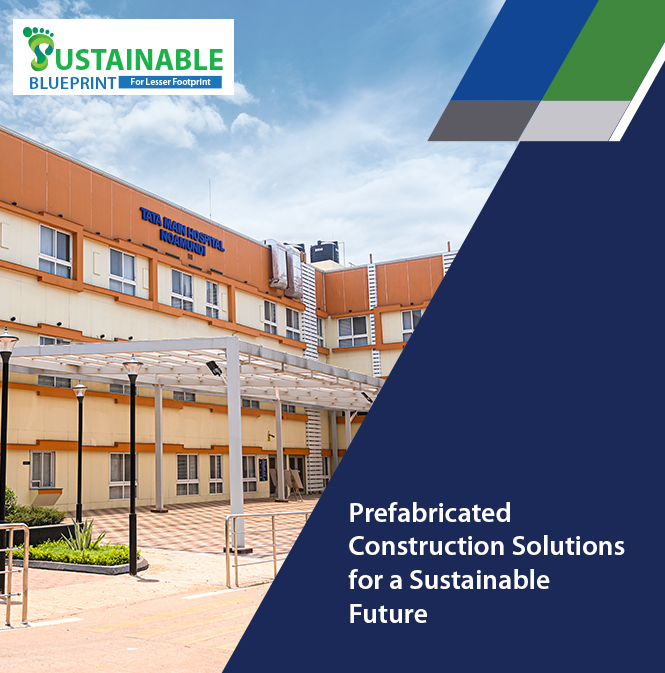
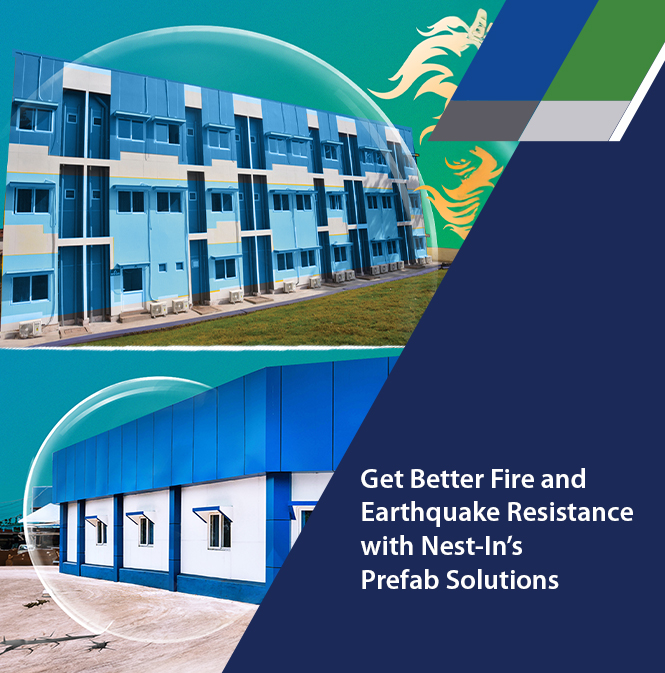
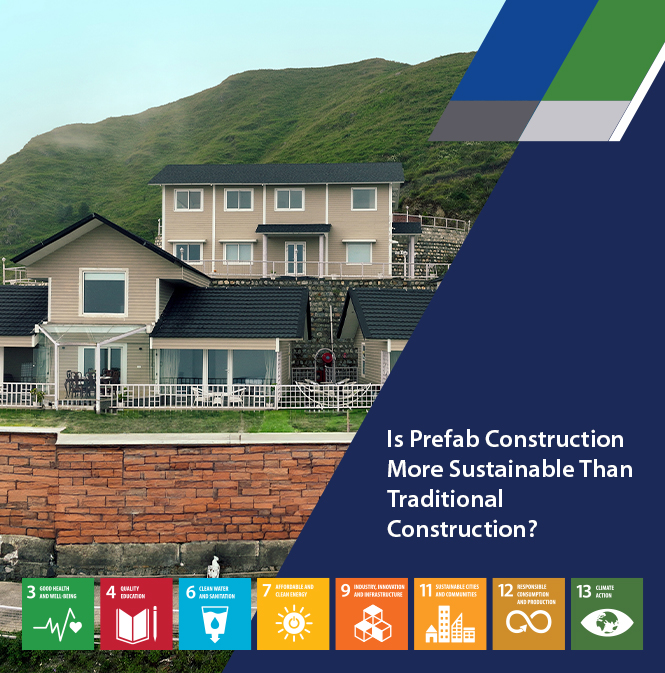











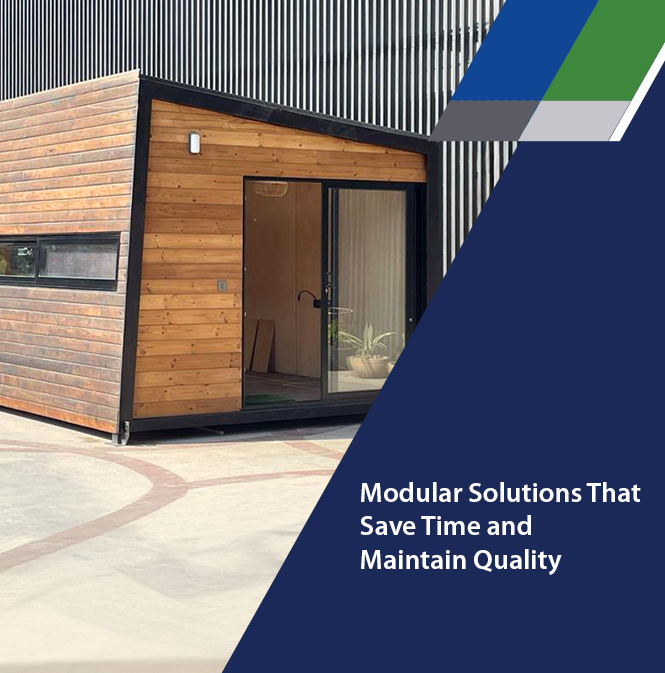






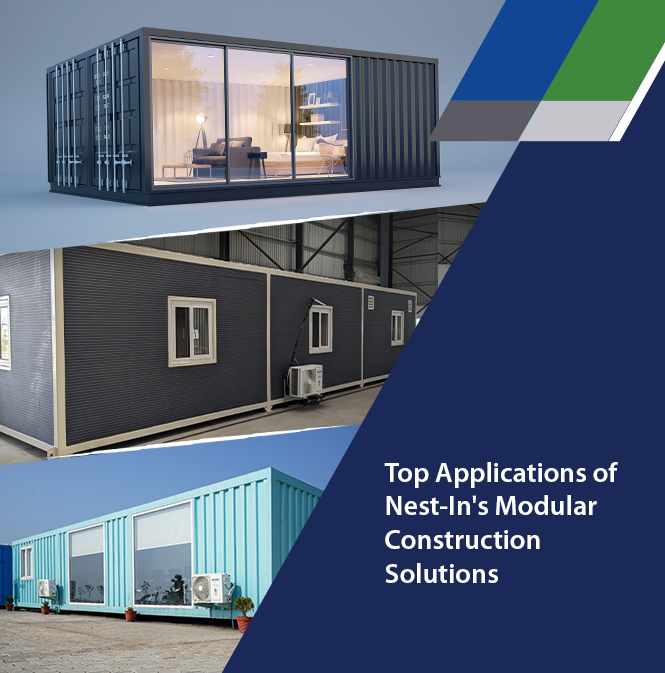



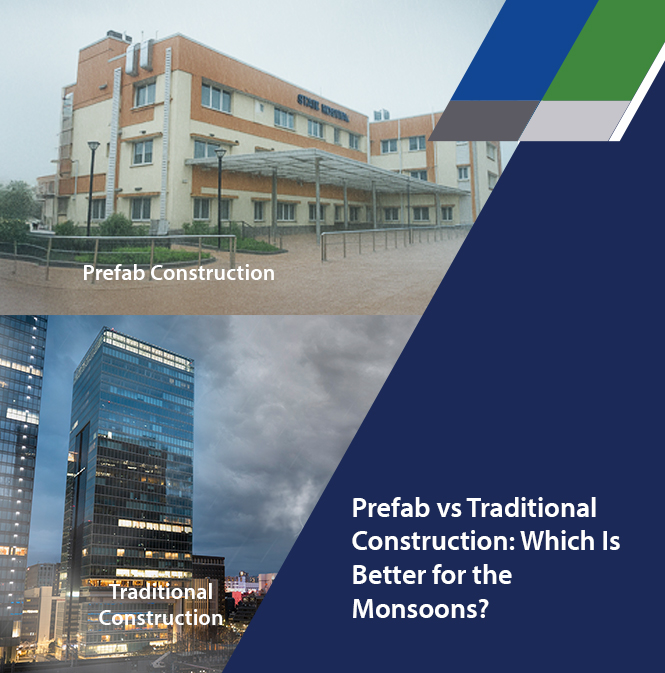




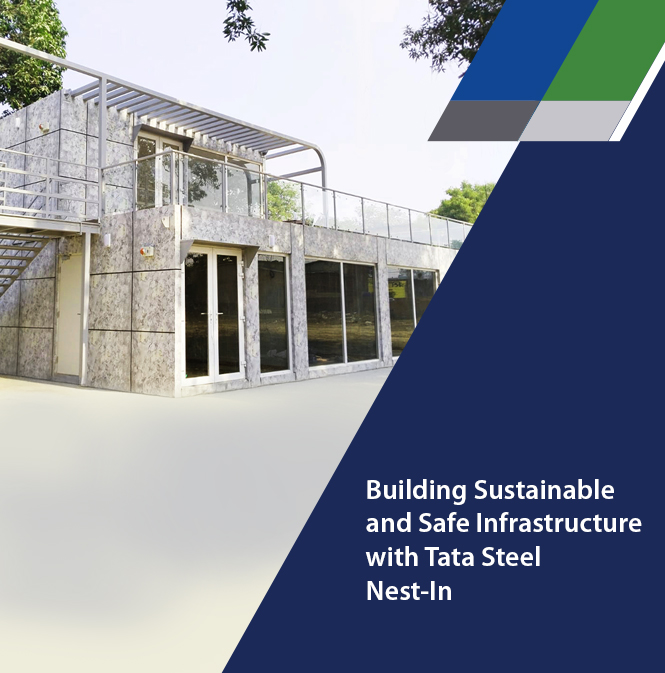





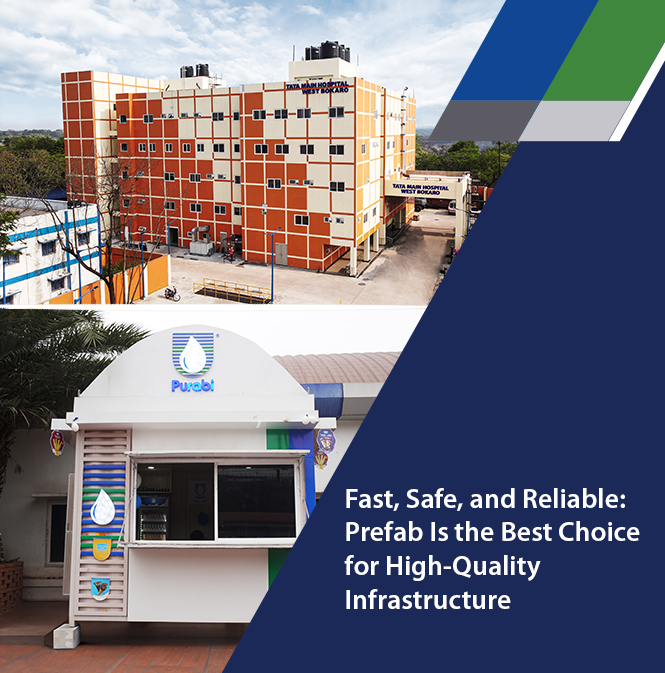
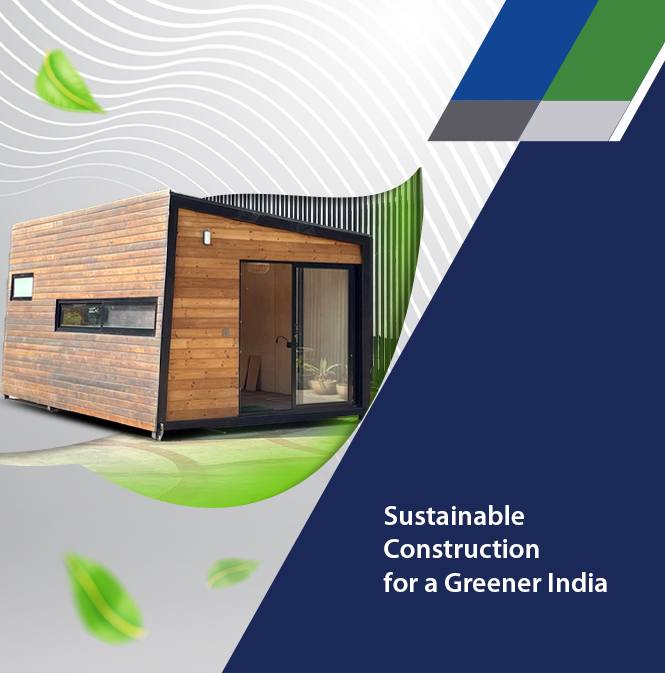

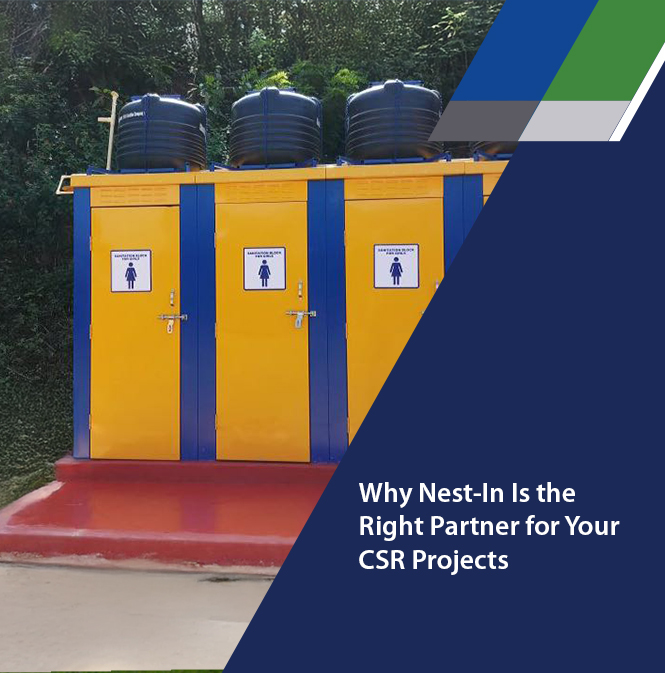

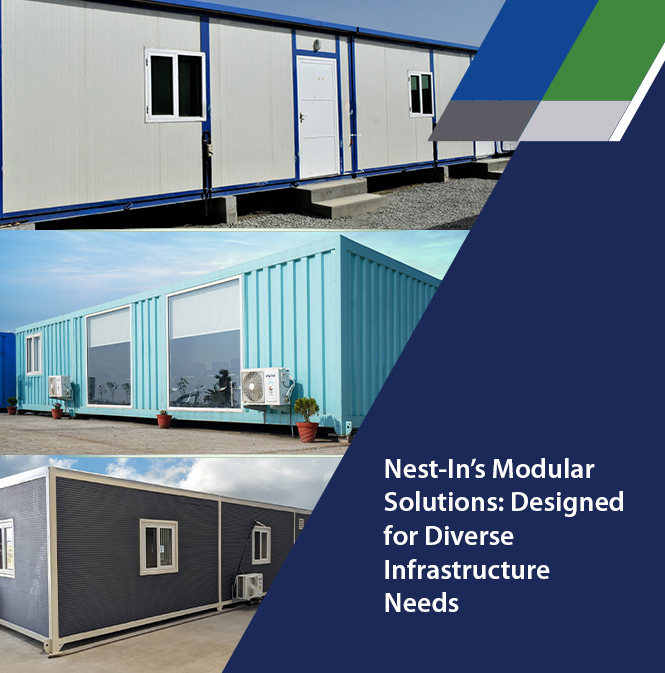



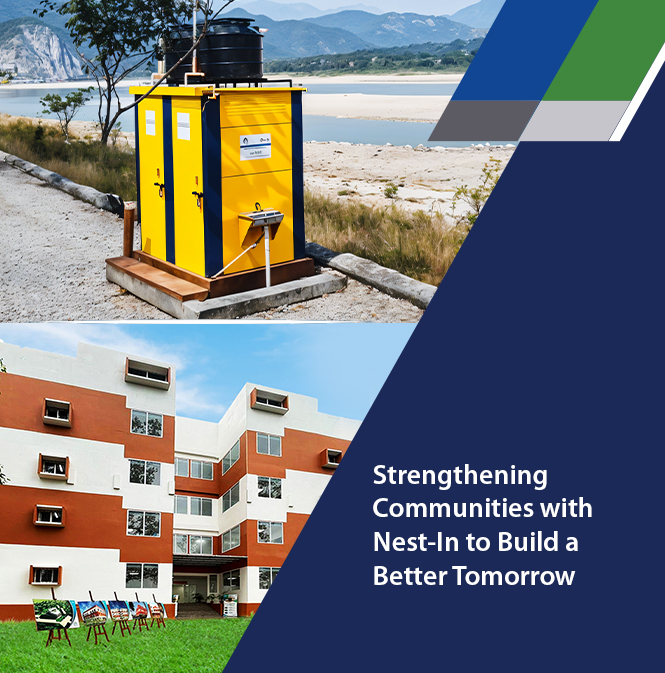



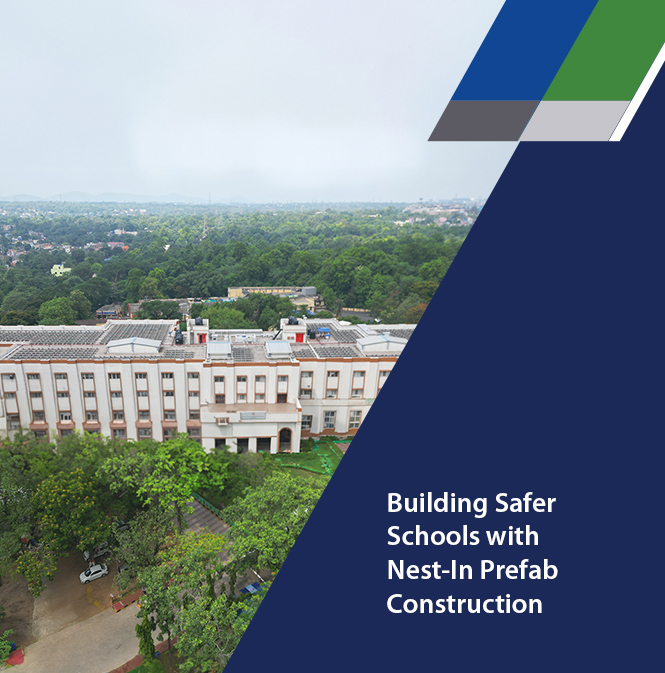


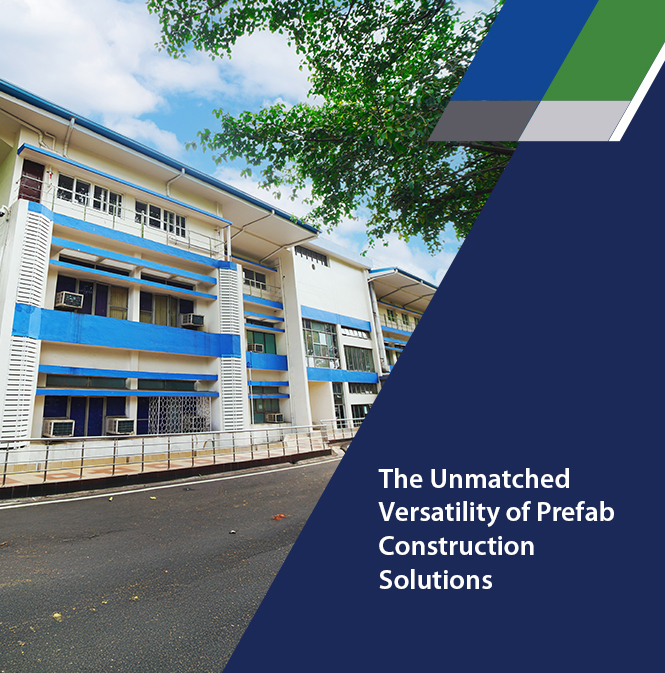

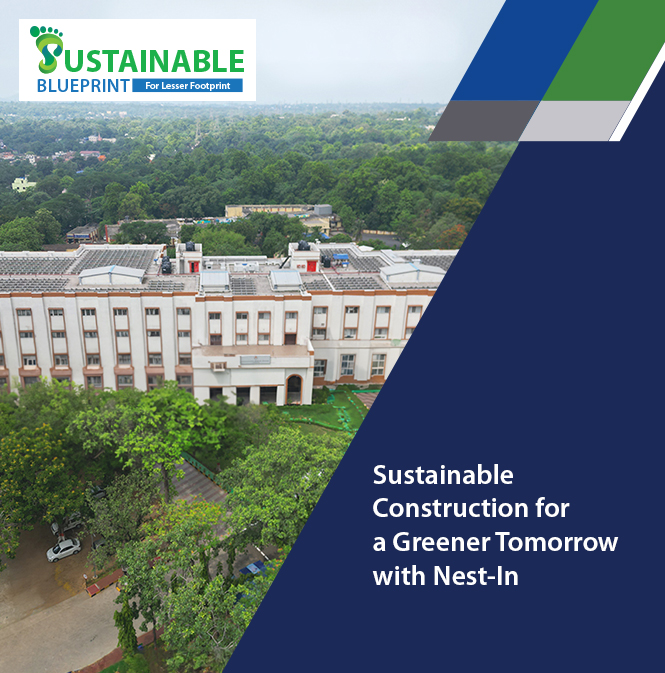





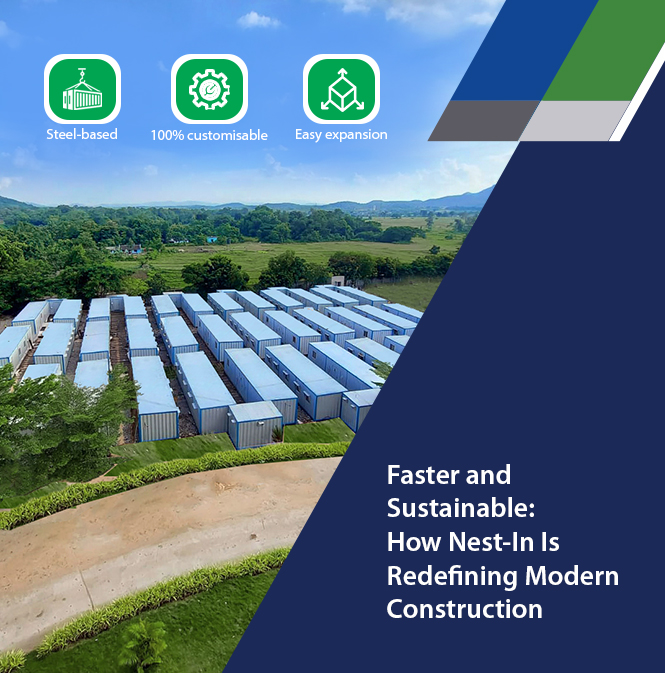

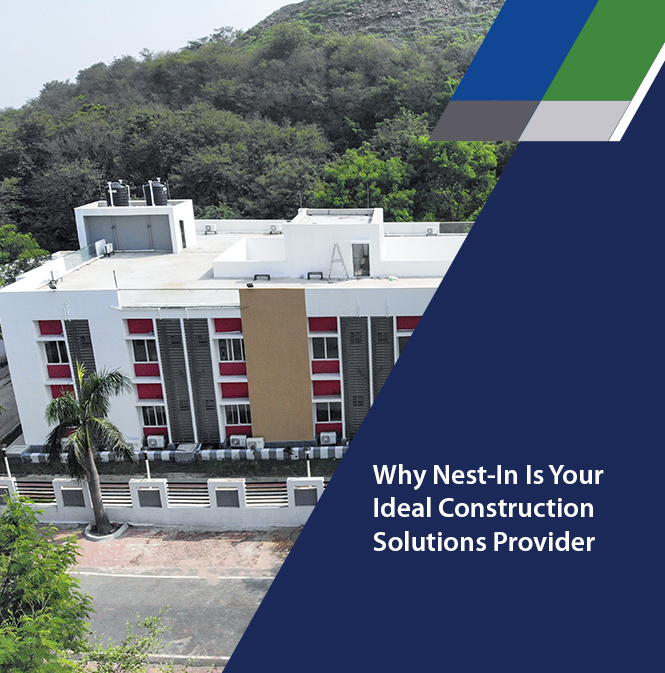
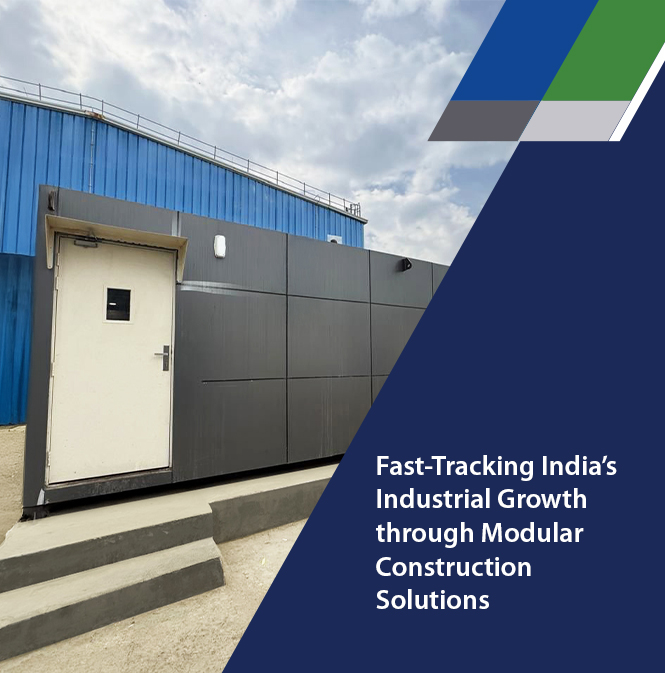


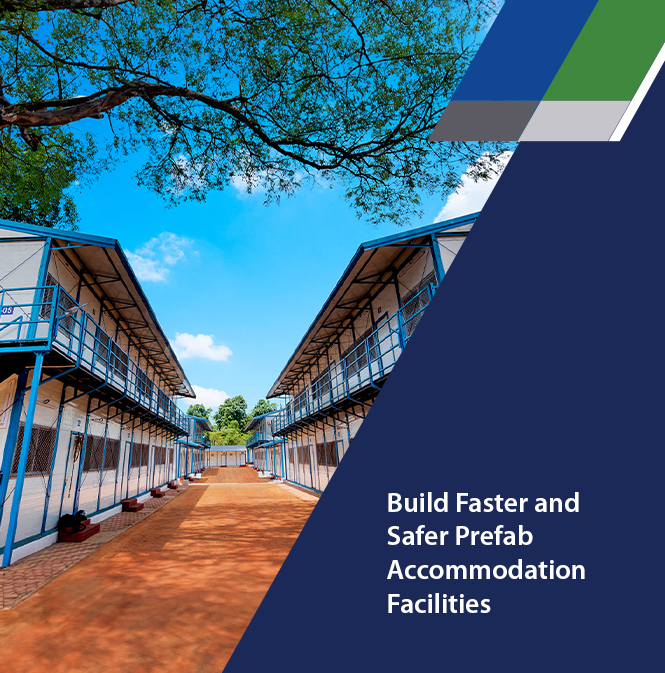











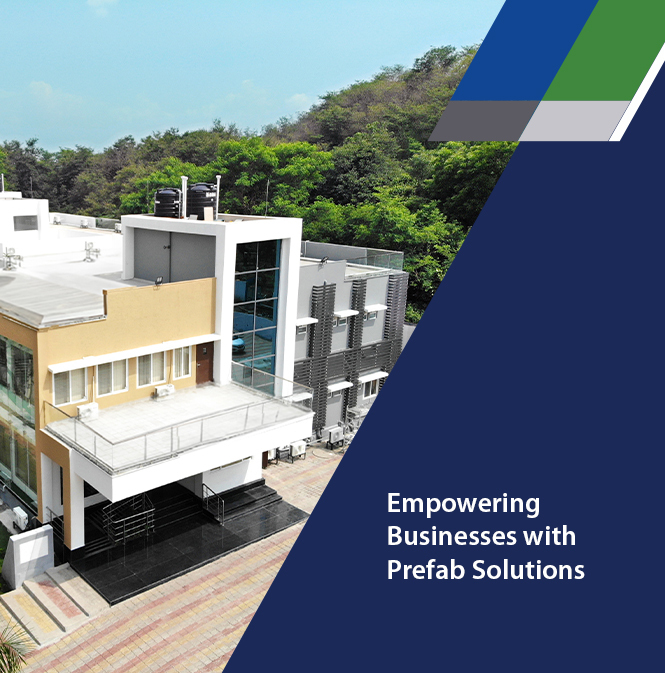


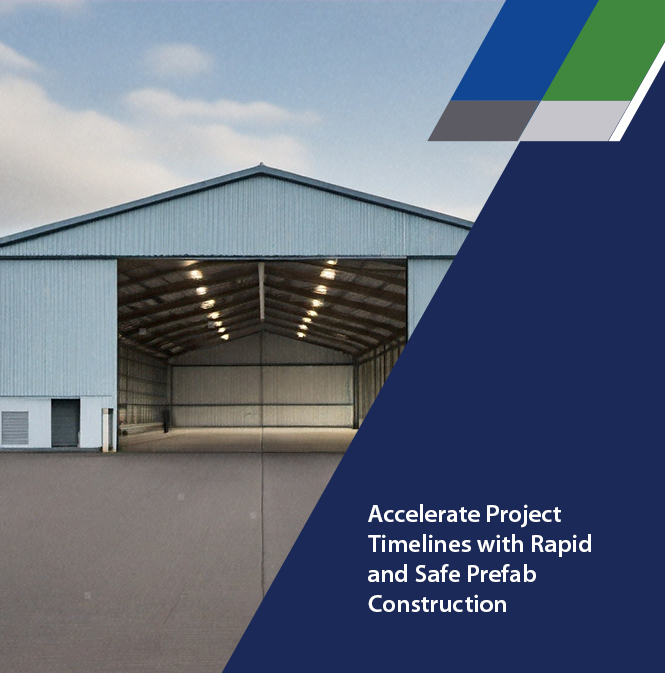




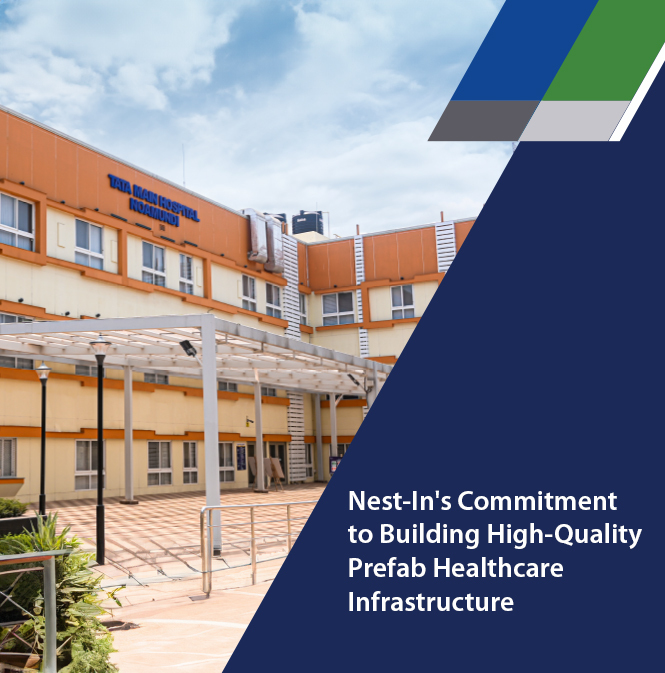

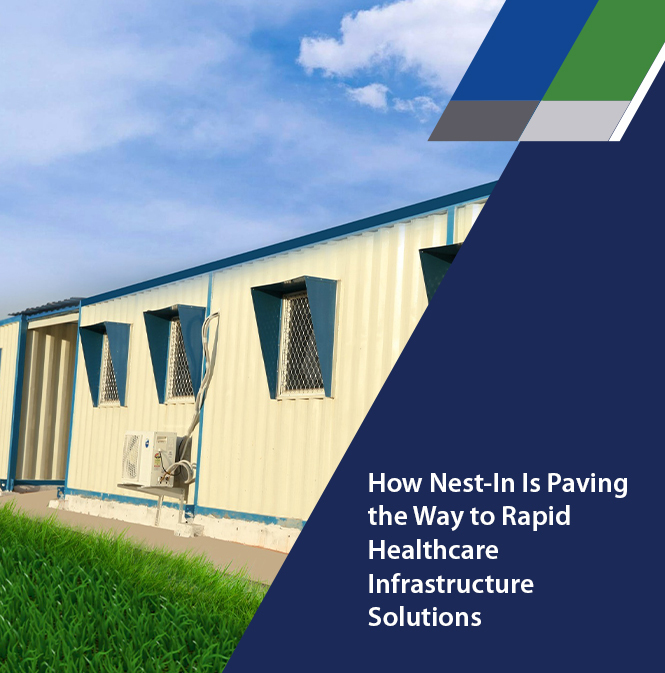




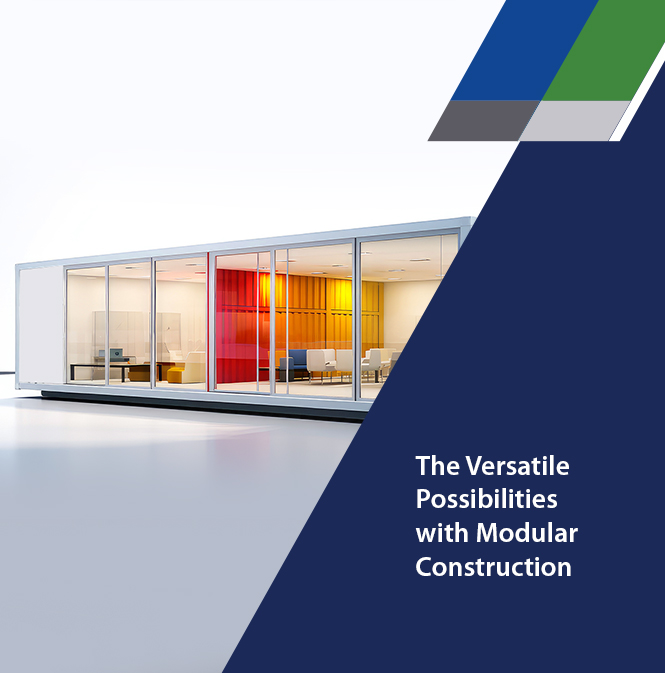


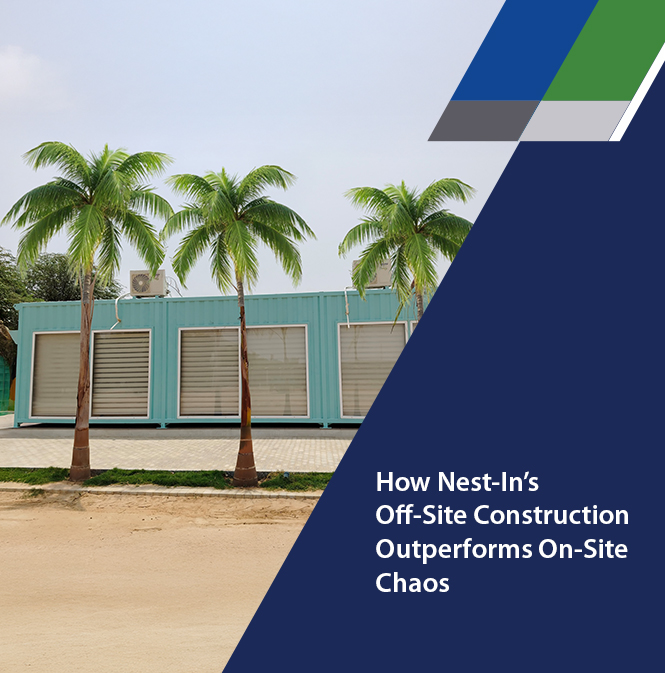
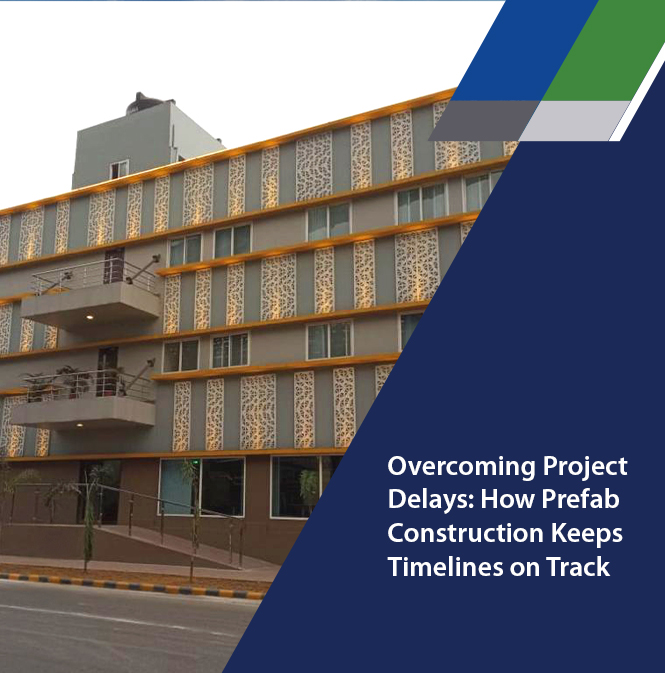


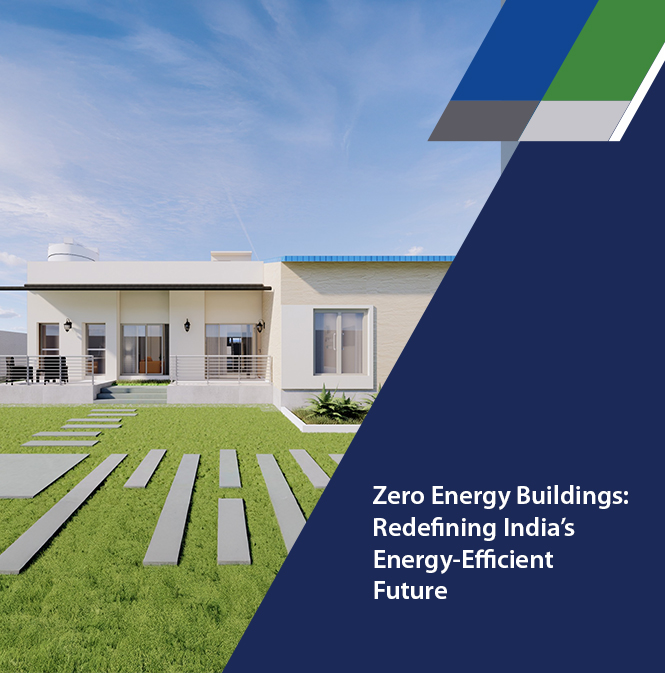





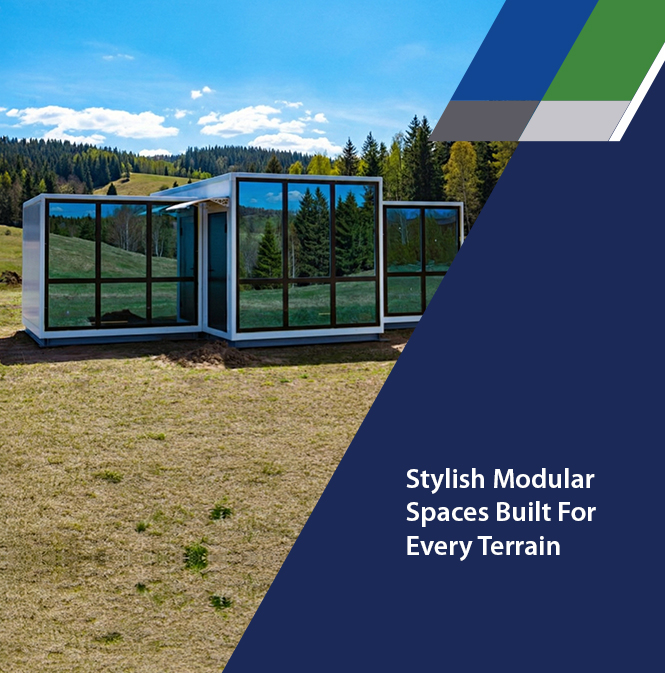
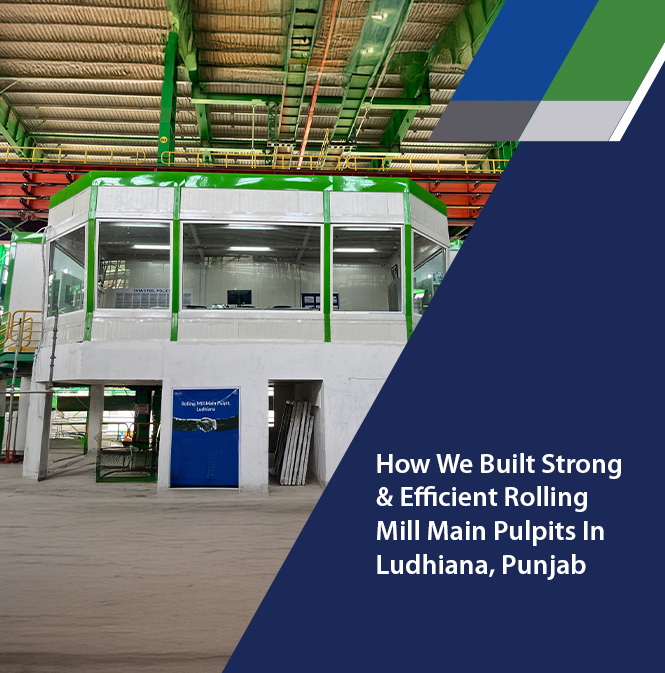



Add comment